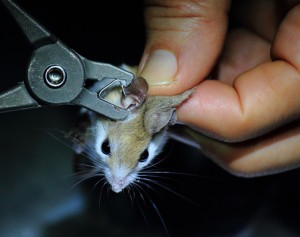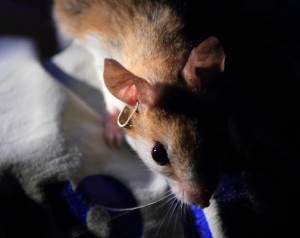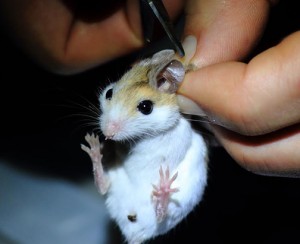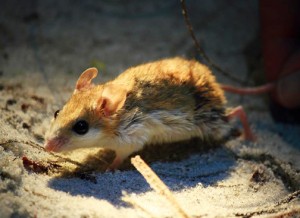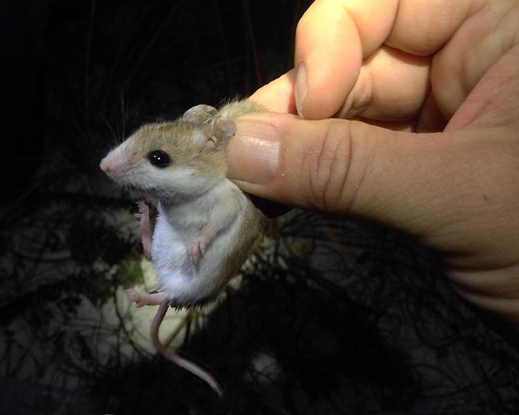
Documenting the life of a federally endangered mouse
What are the U.S. Fish and Wildlife Service (USFWS), Florida Fish and Wildlife Conservation Commission (FWC) and the Florida Department of Environmental Protection (DEP) doing along South Walton’s beach dunes? All three agencies have been working together monitoring the population of the federally endangered Choctawhatchee beach mouse.
The Choctawhatchee beach mouse (Peromyscus polionotus allophrys) is a sub-species of the oldfield mouse (Peromyscus polionotus), and is endemic to the Walton area of the Florida Panhandle (Okaloosa County west to Bay County). The mice inhabit our beach dunes, feed on seed, and burrow in protected vegetation such as scrub and sea oats.
As the result of loss of habitat and a disconnection of their natural highway over the years, different sub-species of the oldfield mouse have developed along the Florida Panhandle coastline. The local Panhandle sub-species are the Perdido Key beach mouse, Santa Rosa Island beach mouse, Choctawhatchee beach mouse and St. Andrew’s beach mouse. The Choctawhatchee beach mouse has been on the endangered list since 1985.
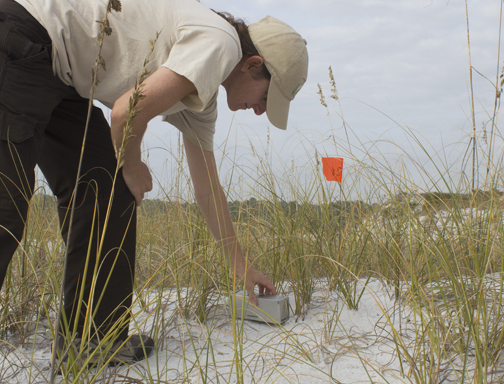
Since the early 1980s, the three agencies have been documenting the mice population. This week, the USFWS has been working at several Walton County locations, from Four Mile Village just west of Topsail Hill Preserve State Park to the WaterSound community. With cooperation from land managers and DEP’s State Park crews, the USFWS are tagging and taking genetic samples.
“The goal is to find out if the mice are expanding their range,” said Kristi Yanchis, ecologist with USFWS.
During the daytime, traps are set and baited with sunflower seeds. The crews return in the evening when the mice are most active to continue their research. More than 500 traps have been set during the week.
The research also includes monitoring the mouse movement along the dunes. By setting PVC tubes in various locations along the dunes, the mice walk into an ink-soaked entrance to the tube, where their tracks are imprinted onto paper. Learn more about this ongoing project at: https://waltonoutdoors.com/in-search-of-the-elusive-beach-mouse/
Beach Mouse Facts:
• It takes 2 – 3 acres to support one pair of mice.
• Unlike many species, beach mice are monogamous, with mated pairs tending to remain together as long as both live. A typical beach mouse pair averages 3-4 offspring per litter and has roughly 3 litters per year.
• Description: Head and body length is 2.7 –3.5 in. Adults average 12.5 grams (=weight of 2-3 nickels) (pregnant females may weigh up to 20 grams) Breeding: Will breed year round if food is available
• Diet: Will eat primarily seeds of dune plants and insects
• Activity: They sleep in burrows during the day, and are only active at night. They avoid lighted areas and are never found in buildings.

